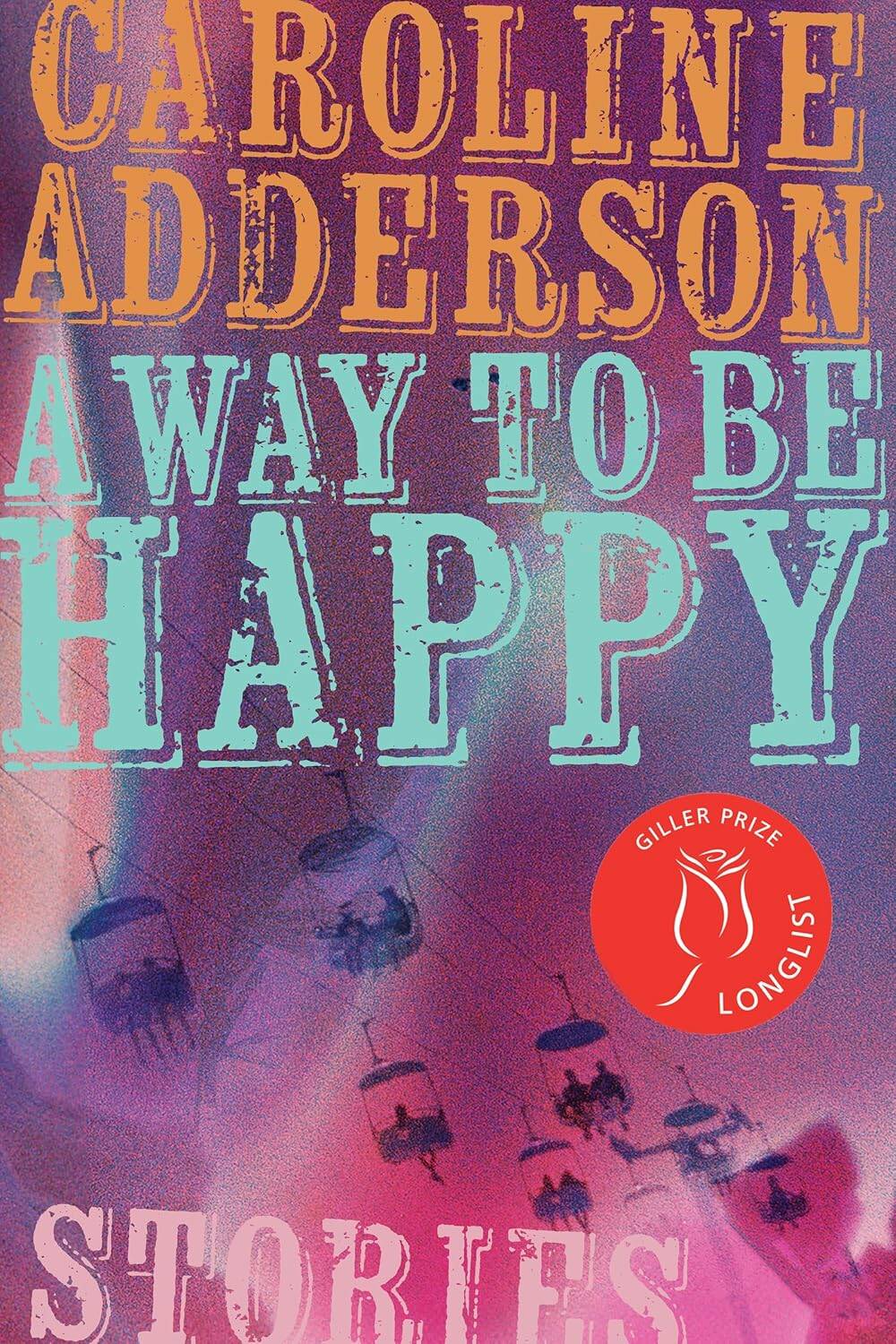Stories explore possible paths to happiness
Advertisement
Read this article for free:
or
Already have an account? Log in here »
To continue reading, please subscribe:
Monthly Digital Subscription
$0 for the first 4 weeks*
- Enjoy unlimited reading on winnipegfreepress.com
- Read the E-Edition, our digital replica newspaper
- Access News Break, our award-winning app
- Play interactive puzzles
*No charge for 4 weeks then price increases to the regular rate of $19.00 plus GST every four weeks. Offer available to new and qualified returning subscribers only. Cancel any time.
Monthly Digital Subscription
$4.75/week*
- Enjoy unlimited reading on winnipegfreepress.com
- Read the E-Edition, our digital replica newspaper
- Access News Break, our award-winning app
- Play interactive puzzles
*Billed as $19 plus GST every four weeks. Cancel any time.
To continue reading, please subscribe:
Add Free Press access to your Brandon Sun subscription for only an additional
$1 for the first 4 weeks*
*Your next subscription payment will increase by $1.00 and you will be charged $16.99 plus GST for four weeks. After four weeks, your payment will increase to $23.99 plus GST every four weeks.
Read unlimited articles for free today:
or
Already have an account? Log in here »
Hey there, time traveller!
This article was published 19/10/2024 (424 days ago), so information in it may no longer be current.
Is happiness attainable? Caroline Adderson’s third short-story collection, A Way to be Happy, explores this complex question.
Adderson is by no means a newcomer the Canadian literary scene; she has an impressive list of accolades behind her name, teaches at Simon Fraser University and is the program director of the Writing Studio at the Banff Centre for Arts and Creativity. Her latest was recently longlisted for the 2024 Giller Prize — an illustrious achievement despite the political turmoil surrounding the award this year.
A Way to be Happy covers a wide range of worldviews as Adderson explores themes of toxic masculinity, existentialism, sexuality, attachment, environmental concerns and mental illness. Her characters struggle to come to terms with themselves or their situation, where nothing is as simple as it may seem and the line between right and wrong becomes blurred.

A Way to be Happy
What makes this collection especially compelling is the breathing space between each story, where there are more questions than answers. Each protagonist is unique, the voice of each story changes, and not all the endings offer complete resolution.
Rather, A Way to be Happy offers a wide range of perspectives, placing the protagonists in a varied rhythm of mundane and extreme situations and presenting a refreshing mosaic of the human experience.
The story Homing functions to introduce the main questions the collection asks as a whole. Adderson offers the story of an older woman who chooses to leave her husband and take a job in a different city, where she must form new relationships and deliberately rebuild her life from scratch. The prior story, The Procedure, ends with the protagonist feeling isolated, so having Homing follow offers a sense of hope that carries through the rest of the collection. It asks questions — Where do we make our home? With whom do we belong? Who is our family? — that become the engine of this collection.
The final story, From the Archives of the Hospital for the Insane, ends with a formal medical certificate declaring the protagonist, Margaret, insane. It’s a cold and formal way to end the collection, but also a statement of empowerment; Margaret was clearly in control of her fate and manipulated the system to escape her marriage.
By ending the collection with this story, Adderson acknowledges the harsh judgment society often imposes on those brave enough to change paths; it’s an invitation to look deeper.
When seeking happiness, there is always a cost. The journey is never simplistic, and when it comes to complexity, Adderson is a master.
Carrie Hatland is director of youth programming for the Manitoba Writers’ Guild.

